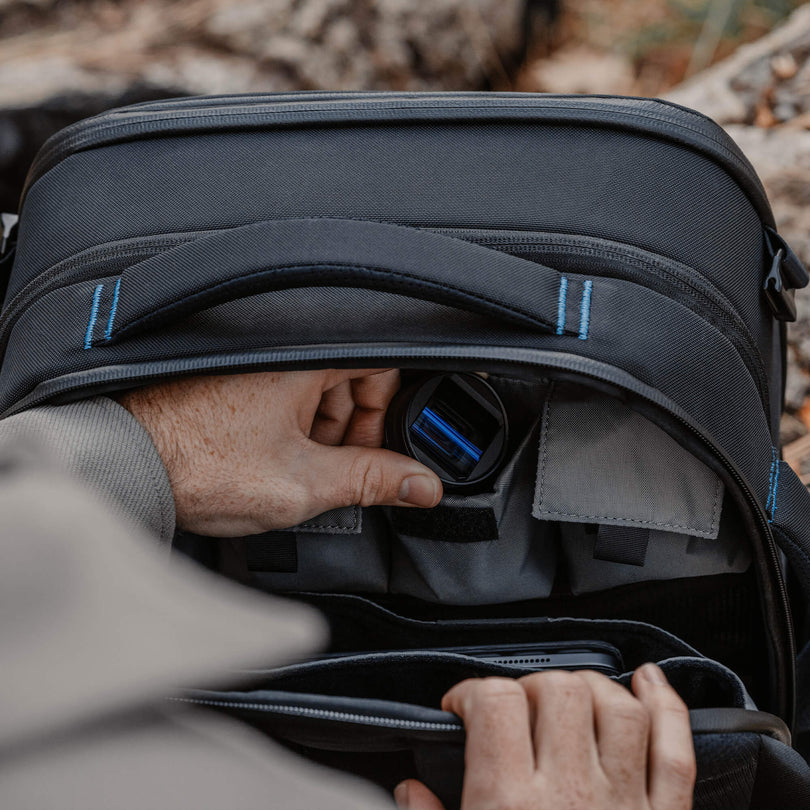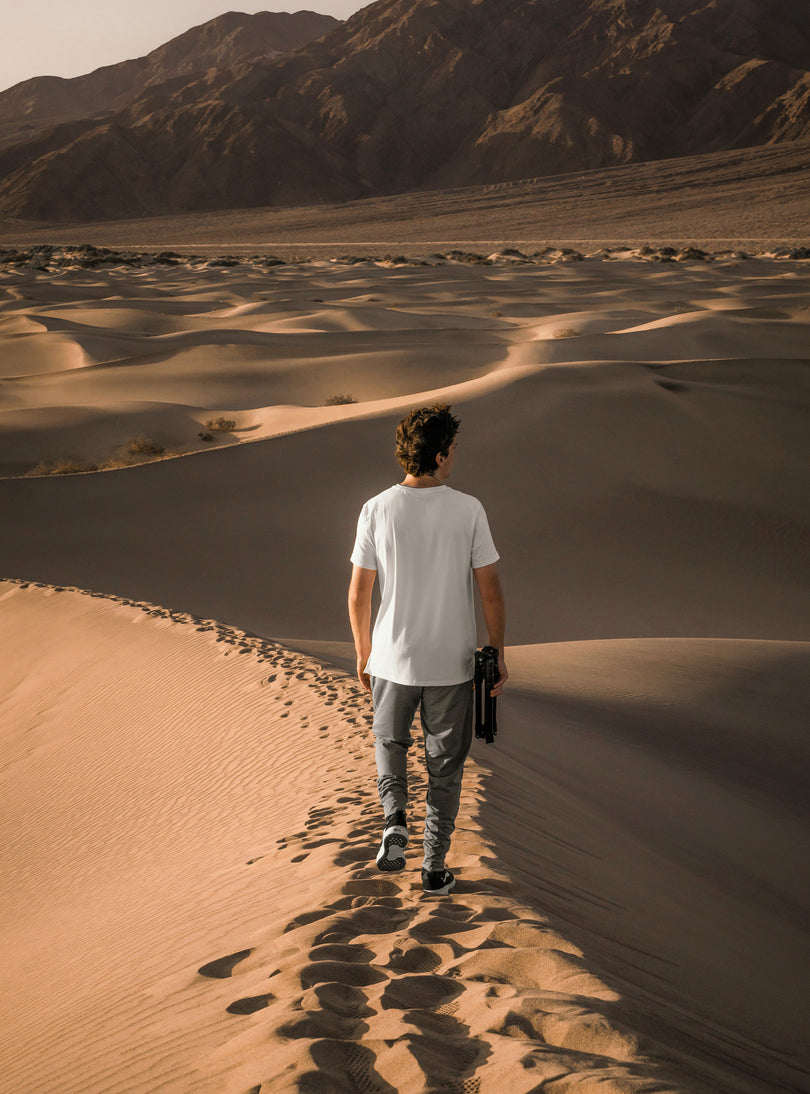5 Tips for Hiking Yosemite
A Beginners Guide
Yosemite was the third ever national park established in the United States in October of 1890. Located deep in the Sierra Nevada Mountains, Yosemite National Park spans over 760,000 acres and is home to more than 400 species of wildlife. With an abundance of scenic forests and hiking trails ready to be explored, it's important to prepare before embarking on your great adventure. Here are our 5 hiking tips to help you make the most of your visit.
1. Yosemite Falls Trail
Yosemite Falls is famous for being one of the tallest waterfalls in North America standing at 2,425 feet tall. This 7.3 mile hike has a total ascent of almost 4,000 feet with its elevation peaking at 6,710 feet high. The trail to Yosemite Falls comes with panoramic views of Yosemite Valley, Half Dome, and Upper Yosemite Falls.
The trail to Yosemite Falls starts at Camp #4 in the middle of Yosemite Valley. This makes it easily accessible but also attracts a crowd. It’s recommended to get an early start in order to snag one of the limited parking spots available only ten minutes from the trailhead. Otherwise, there are free green shuttles that will drop you off just outside the trail head.
The trail to Yosemite Falls starts at Camp #4 in the middle of Yosemite Valley. This makes it easily accessible but also attracts a crowd. It’s recommended to get an early start in order to snag one of the limited parking spots available only ten minutes from the trailhead. Otherwise, there are free green shuttles that will drop you off just outside the trail head.
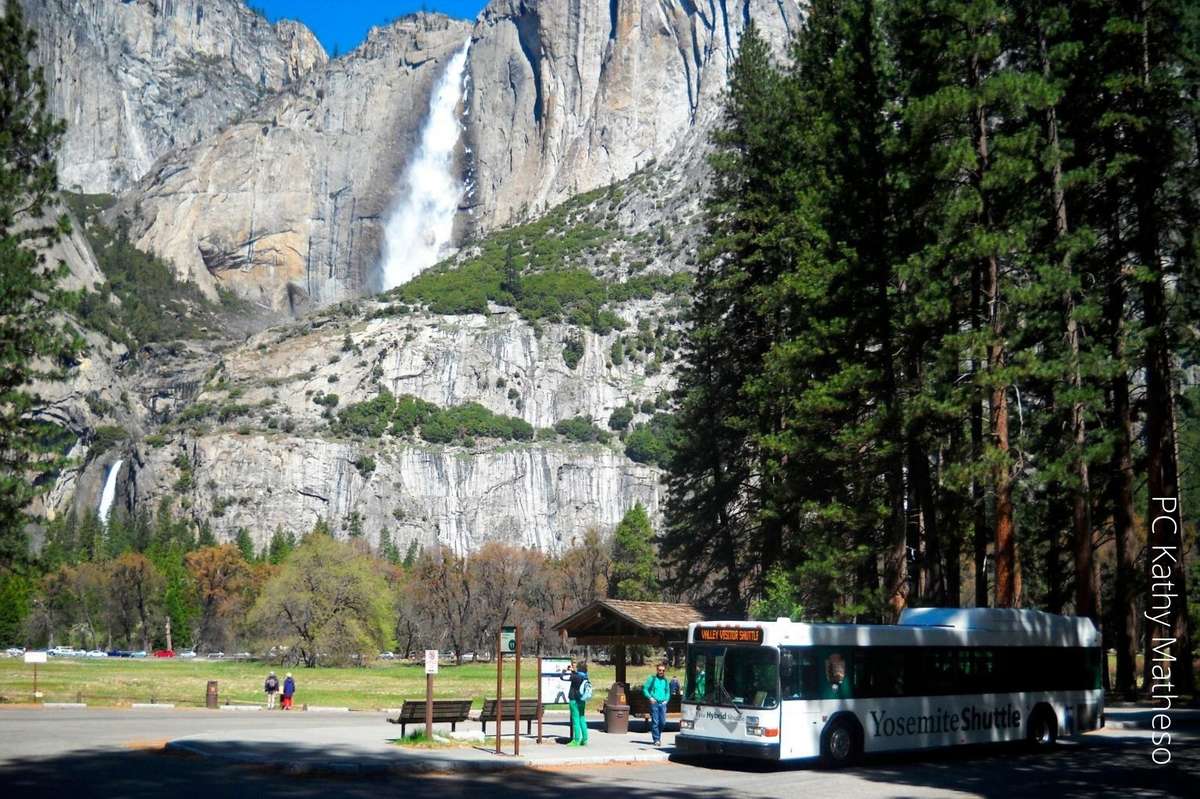
2. Half Dome Viewing Points
Half Dome is a world renowned landmark in Yosemite National Park that scales 8,800 feet in size. Two points within the national park offer scenic views of the gigantic granite boulder- Yosemite Valley and Glacier Point. Half Dome offers its most spectacular views during the early season when snow melt overflows into the waterfalls.
You can watch the sunset over the face of Half Dome from the floor of Yosemite Valley or gaze at panoramic views from a higher elevation at Glacier Point. For the brave hikers that wish to summit Half Dome good climbing shoes, endurance, and a permit is required. You can learn more and plan ahead to get a permit here.
You can watch the sunset over the face of Half Dome from the floor of Yosemite Valley or gaze at panoramic views from a higher elevation at Glacier Point. For the brave hikers that wish to summit Half Dome good climbing shoes, endurance, and a permit is required. You can learn more and plan ahead to get a permit here.
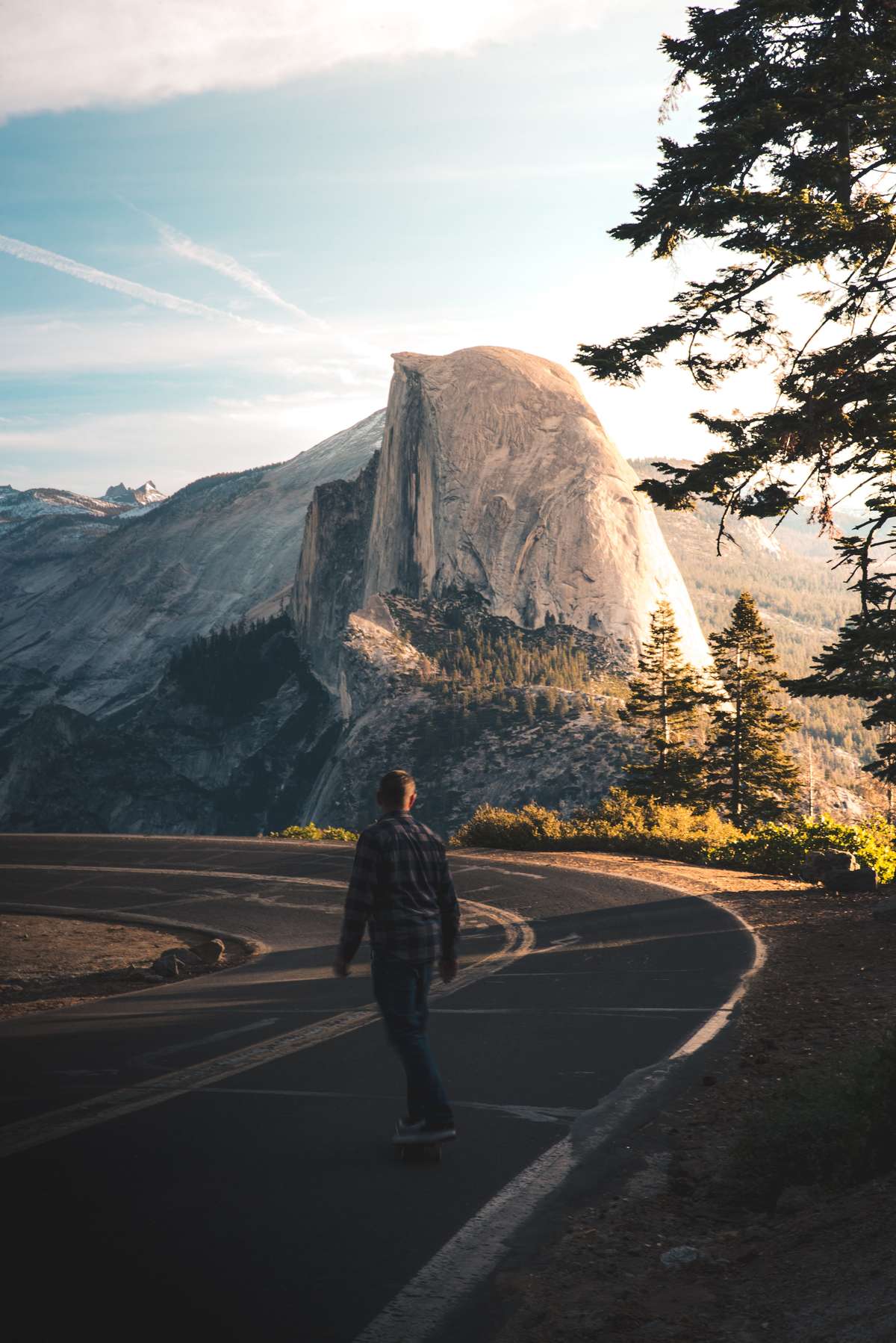
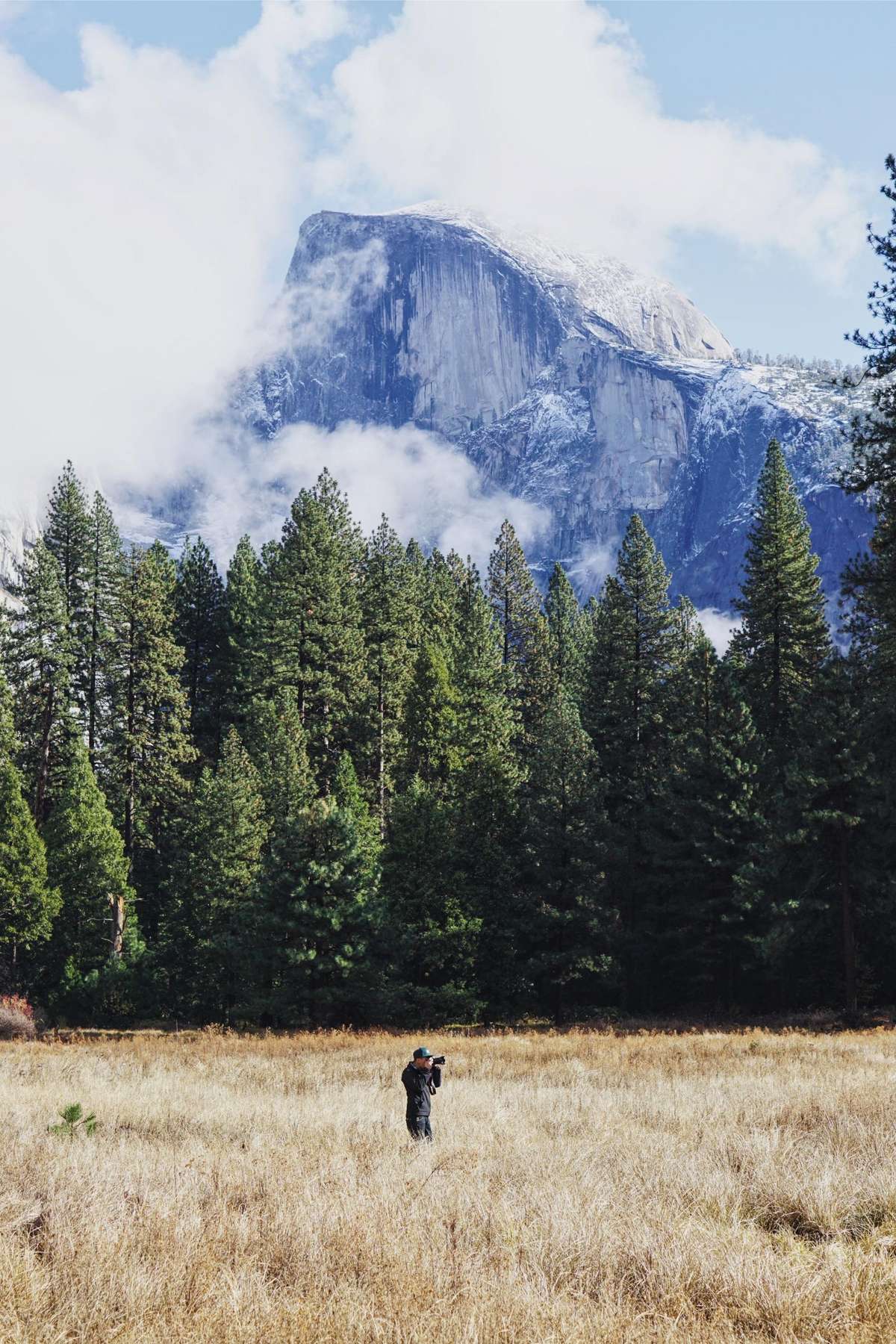
3. Ditch the Heavy Gear
Our next tip for travelers ready to set out on their expedition through Yosemite National Park is to leave behind any bulky gear. Whether you’re strolling through the redwood forest or scaling the face of Half Dome, heavy gear slows you down and distracts from the nature around you.
For visitors wishing to capture the scenic views of Yosemite, you might be tempted to bring a DSLR because you can grab different lenses to give you a variety of options to when shooting. An alternative I recommend is using your iPhone. There are high quality and lightweight iPhone camera attachments that empower creators without slowing them down. Wide Angle and Fisheye lens attachments let you capture more of what's around you and improves image quality. iPhone filters reduce reflections while also allowing you to control light exposure.
You can watch a youtube video to learn more about photographing nature here.
For visitors wishing to capture the scenic views of Yosemite, you might be tempted to bring a DSLR because you can grab different lenses to give you a variety of options to when shooting. An alternative I recommend is using your iPhone. There are high quality and lightweight iPhone camera attachments that empower creators without slowing them down. Wide Angle and Fisheye lens attachments let you capture more of what's around you and improves image quality. iPhone filters reduce reflections while also allowing you to control light exposure.
You can watch a youtube video to learn more about photographing nature here.
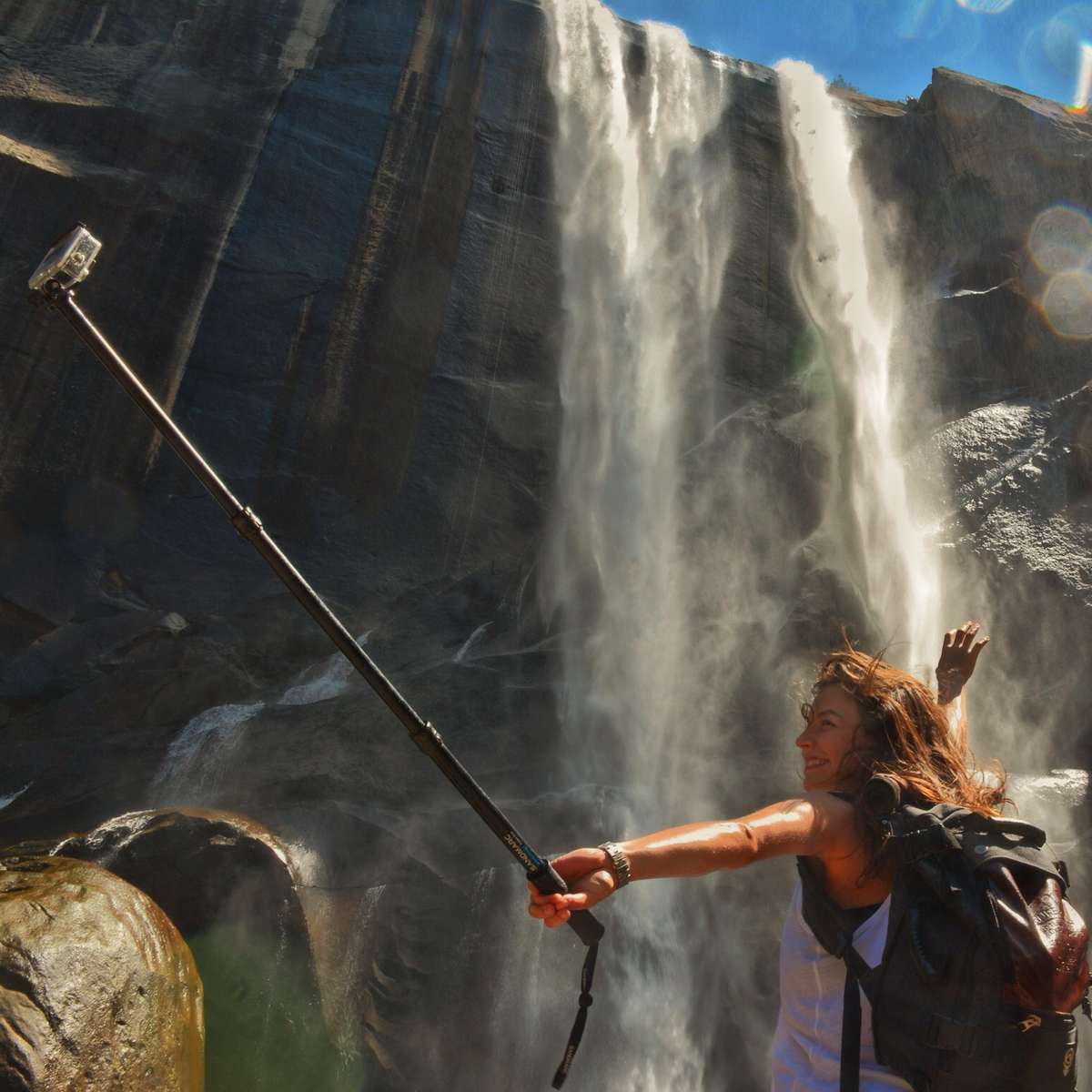
4. High Sierra Campsite
If you’ve never hiked through Yosemite before chances are you haven’t heard of the High Sierra Campgrounds- but you've seen it in the Apple Macbook default wallpaper (that's where the 2017 MacOS got its name). These campgrounds are located high in the wilderness and are surrounded by nature. There are five campgrounds spaced 6-10 miles apart on a loop trail. From these sites visitors have access to hiking trails, waterfalls, and wildlife right at their fingertips.
The close proximity to the campgrounds allows hikers to head out for the day wearing only a day pack. However, campsites in the High Sierra campgrounds are in high demand due to the limited number of cabins. It’s important to book out your trip well in advance.
The close proximity to the campgrounds allows hikers to head out for the day wearing only a day pack. However, campsites in the High Sierra campgrounds are in high demand due to the limited number of cabins. It’s important to book out your trip well in advance.

5. Giant Sequoia Forest
Giant Sequoia trees are among some of the oldest in the world. These rare species of redwood can live to be over 3,000 years old and can grow up to 300 ft tall! Giant Sequoias grow exclusively along a 260 mile strip on the western slope of the Sierra Nevada Mountains.
Yosemite offers three groves in which travelers can stop to admire the Giant Sequoias. Mariposa Grove is the largest with over 500 mature giant sequoias. This grove is located near the south entrance to Yosemite and offers the most hiking trails and vantage points. There is also a rest stop located within the Welcome Plaza that makes the Mariposa Grove the most popular tourist destinations.

Start Planning
With these 5 tips you’re ready to embark on your adventure. Remember, planning for your trip ahead of time gives you the best opportunities to experience everything the park has to offer. Yosemite receives almost 75% of its visitors in the months of May to September. Use this guide to plan ahead and make the most of your time at Yosemite National Park.
Check out these blogs for more information on related topics:


